
Most People Do This Wrong: 10 Everyday Habits That Make Mold Grow Faster
Mold isn’t just an eyesore—it’s a silent health hazard that can trigger allergies, respiratory problems, and even long-term illnesses if left unchecked. According to the U.S. Environmental Protection Agency (EPA, 2024), indoor mold thrives in damp, warm, and poorly ventilated environments, spreading through microscopic spores that can survive almost anywhere. Yet, most people unknowingly create ideal mold-growing conditions through simple daily habits.
Below are ten common mistakes that make mold grow faster—and how you can fix them to protect your home and your health.
1. Shutting the Bathroom Door After a Hot Shower
When you close the bathroom door right after showering, you trap warm, moist air inside. This boosts humidity levels above 60%, which is perfect for mold to grow. Keep the door open and let the steam escape. The Centers for Disease Control and Prevention (CDC, 2024) recommends keeping bathroom humidity below 50% to reduce mold risk.
Tip: Use a squeegee to remove water from tiles and glass, and wipe down wet surfaces. This simple “Nana’s hack with baking soda”—sprinkling a bit of baking soda along the shower edges—can also help absorb excess moisture naturally.
2. Turning Off Exhaust Fans Too Soon
Exhaust fans need time to do their job. Shutting them off right after a shower leaves lingering moisture in the air. Experts suggest running the fan for at least 20–30 minutes after bathing to ensure proper ventilation (Better Homes & Gardens, 2023). Clean the fan grilles regularly so airflow isn’t blocked by dust or lint.
3. Overwatering Houseplants
Houseplants are great for improving air quality—but when overwatered, they release excess moisture into the air and may even develop mold in the soil. Water only when the top layer of soil feels dry. You can also use a moisture meter to avoid guesswork (The Spruce, 2024).
4. Leaving Wet Laundry in the Machine
Forgot your laundry in the washer overnight? Mold can start forming on wet fabric in just 24 hours. Always transfer clothes to the dryer right after washing, and leave the washing machine door open afterward to air out. Run a hot cycle with vinegar once a month to kill hidden mold spores (Consumer Reports, 2023).
5. Ignoring Leaky Faucets or Pipes
Even tiny leaks create constant moisture that fuels mold growth. A faucet dripping once per second can waste over 3,000 gallons of water per year—and turn your sink cabinet into a mold hotspot. Inspect pipes, under-sink areas, and around toilets regularly, and repair leaks immediately (EPA, 2024).
6. Poor Ventilation in Basements or Attics
Basements and attics often trap moist air, especially in humid climates. Without airflow, condensation builds up on walls and beams. Install vents, fans, or a dehumidifier to maintain humidity below 50%. The American Lung Association (2023) notes that improving ventilation is one of the most effective long-term mold prevention strategies.
7. Using Carpets in Damp Areas
Carpets in basements or bathrooms can trap water and become breeding grounds for mold. Once wet, the fibers take a long time to dry completely. Opt for tile or vinyl flooring in damp spaces instead. If carpets are unavoidable, choose ones with moisture-resistant backing and clean them with a steam cleaner every few months (House Beautiful, 2024).
8. Storing Items in Damp Basements
Basements are convenient storage spaces—but moisture can damage what’s inside. Avoid cardboard boxes, which absorb water easily. Instead, store items in airtight plastic bins and use moisture absorbers or silica gel packs. Check your storage areas every few months for musty smells or visible mold.
9. Forgetting to Clean Refrigerator Drip Pans
Refrigerator drip pans collect condensation and food debris, making them an ideal mold habitat. Cleaning them only takes a few minutes: remove the pan, wash it with hot soapy water, and dry it completely. Also inspect refrigerator seals, which can trap moisture and bacteria (Good Housekeeping, 2023).
10. Leaving Spills and Stains Untreated
Food and drink spills, especially on carpets or upholstery, provide moisture and nutrients for mold to grow. Clean spills immediately and dry the area thoroughly using a fan or a dehumidifier. Mold can start forming within 48 hours if moisture lingers (CDC, 2024).
Bonus Tip: Don’t Store Firewood Indoors
As wood dries, it releases moisture—and sometimes carries mold spores. Keep firewood outdoors, at least several feet away from your home. Bring in only what you’ll burn that day to reduce indoor humidity.
Final Thoughts
Mold prevention isn’t about expensive products—it’s about awareness and consistency. By improving ventilation, controlling humidity, and maintaining cleanliness, you can stop mold before it starts. According to the World Health Organization (2024), proactive moisture management is the single most effective way to prevent indoor mold-related illnesses.
Sometimes, it’s the smallest habits—like leaving a door open or running a fan a bit longer—that make the biggest difference in keeping your home fresh, clean, and mold-free.
News in the same category


Bernie Sanders Has Called For A Four-Day, 32-Hour Working
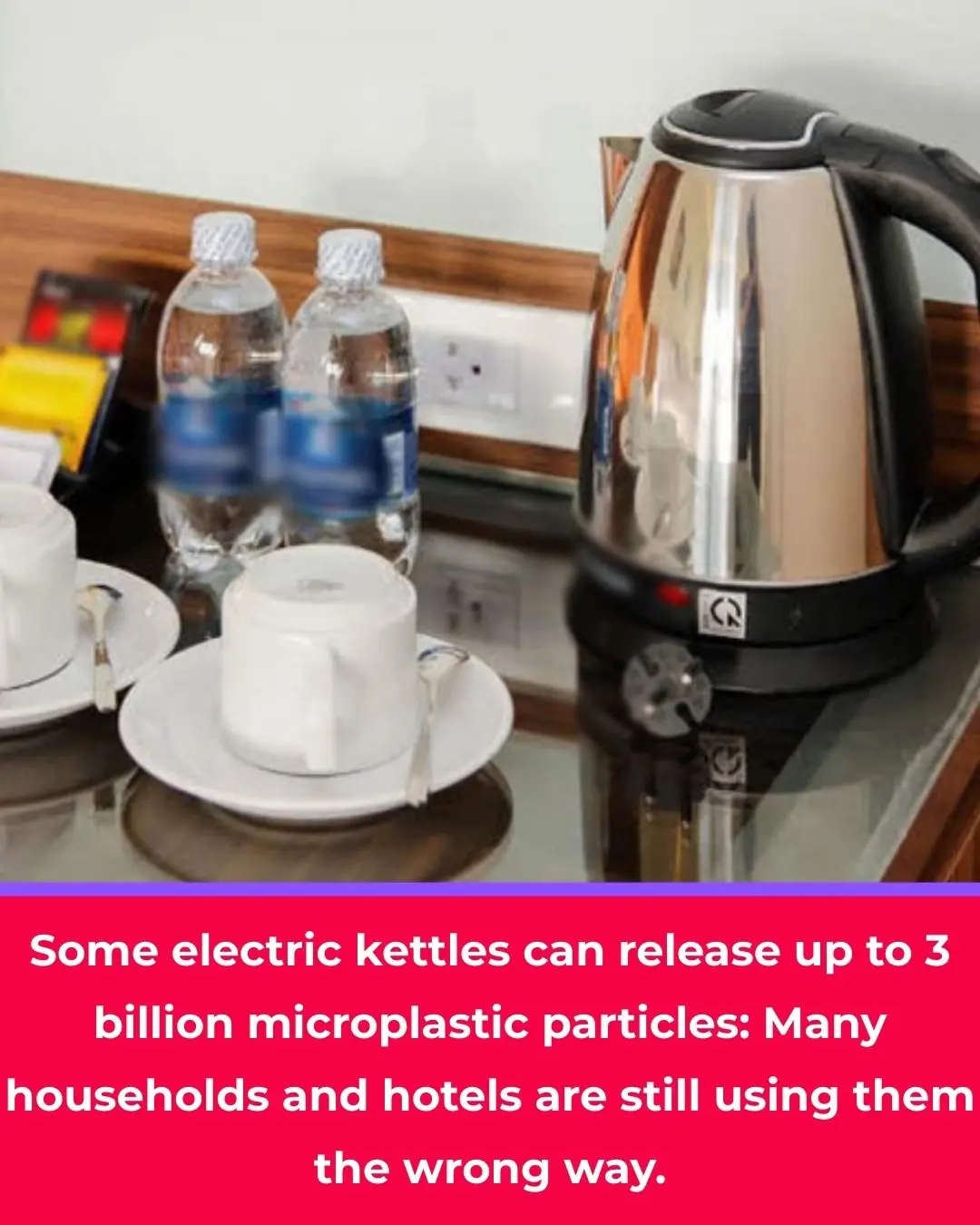
A common household item may release up to 3 billion microplastic particles: Many families and hotels are still using it the wrong way
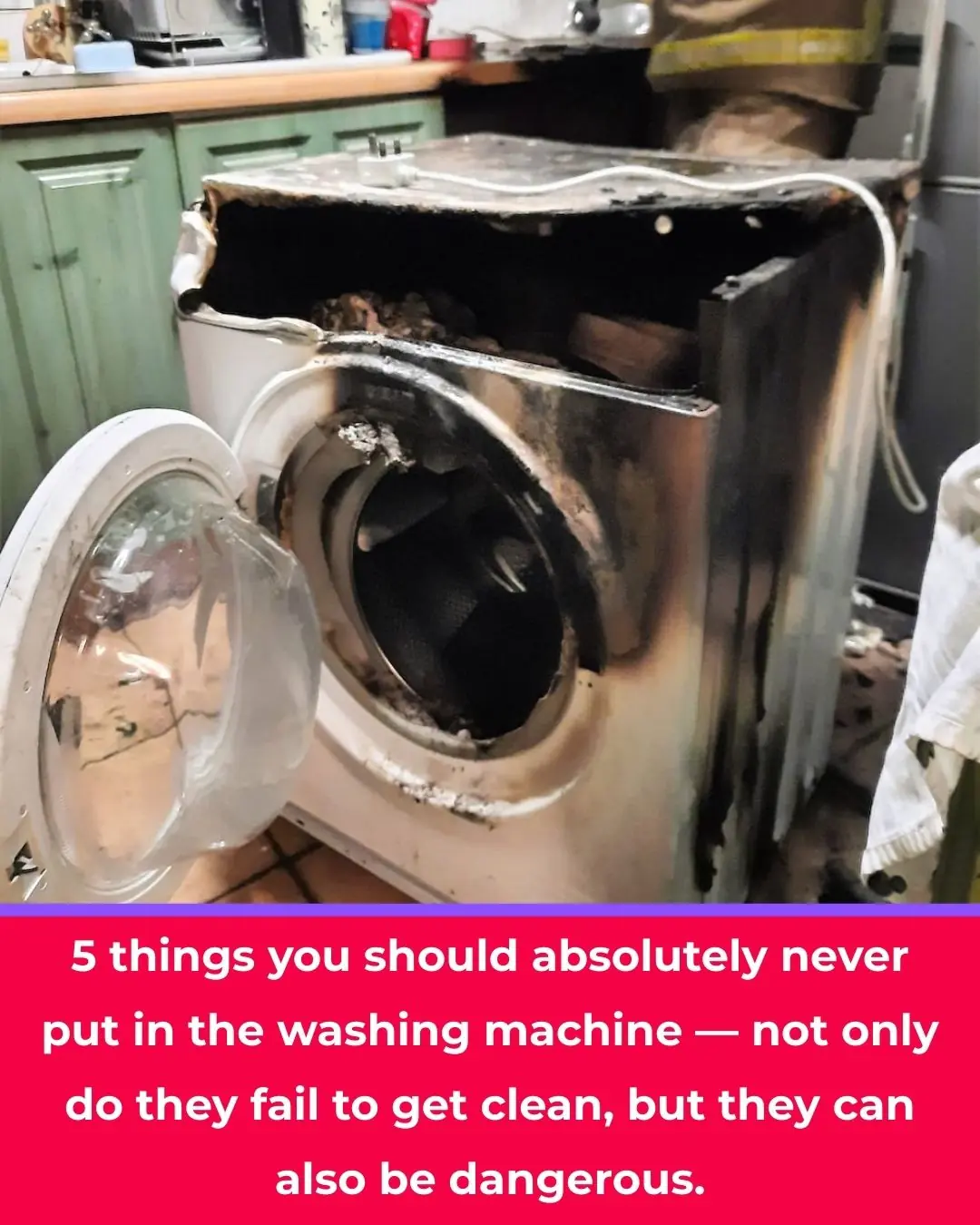
5 Things You Should Never Put in the Washing Machine — They Won’t Get Clean and May Even Be Dangerous
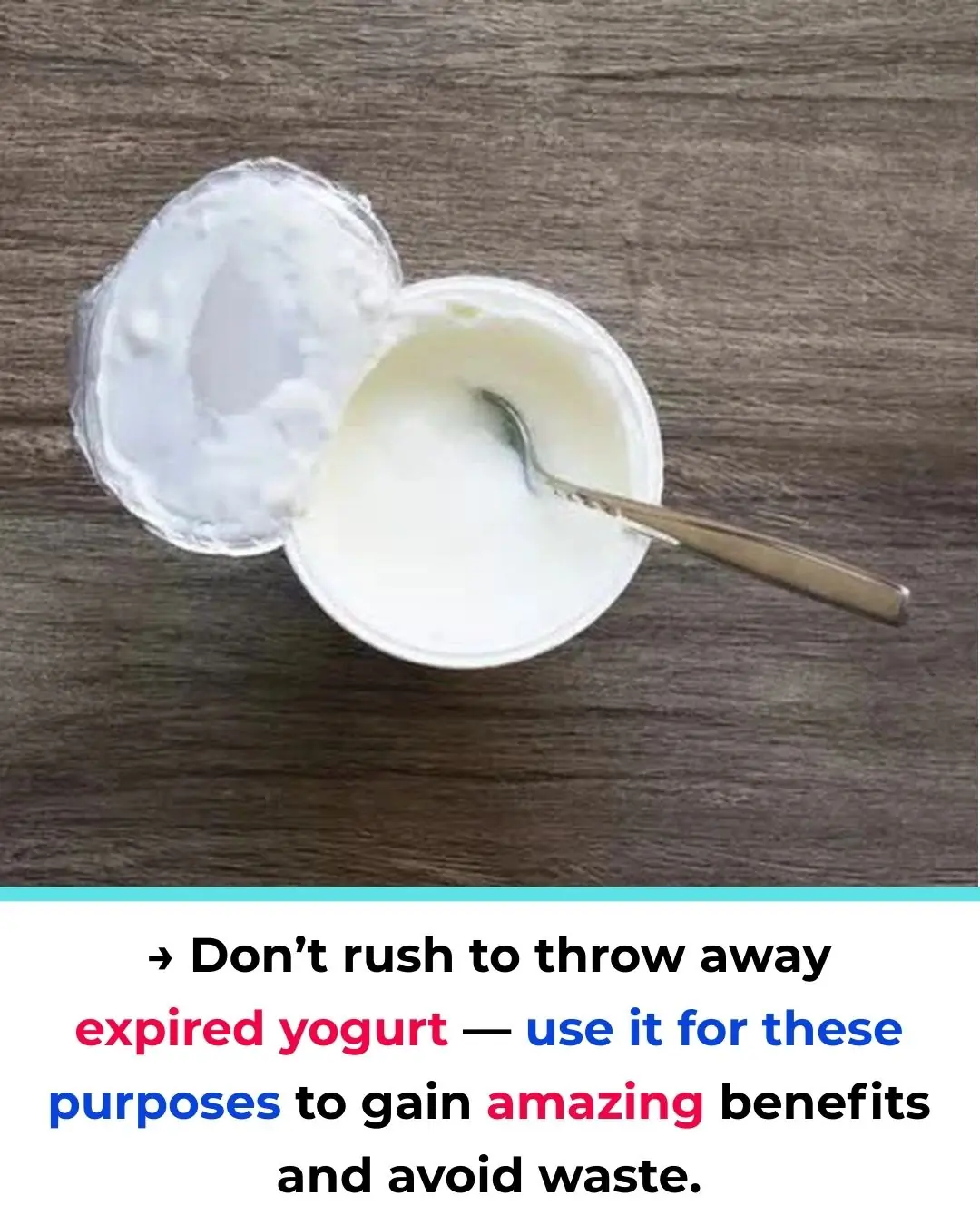
What Can You Make with Expired Yogurt?

Useful Tips for Better Sleep: Treat Insomnia and Difficulty Sleeping with Ginger and Ice Cubes
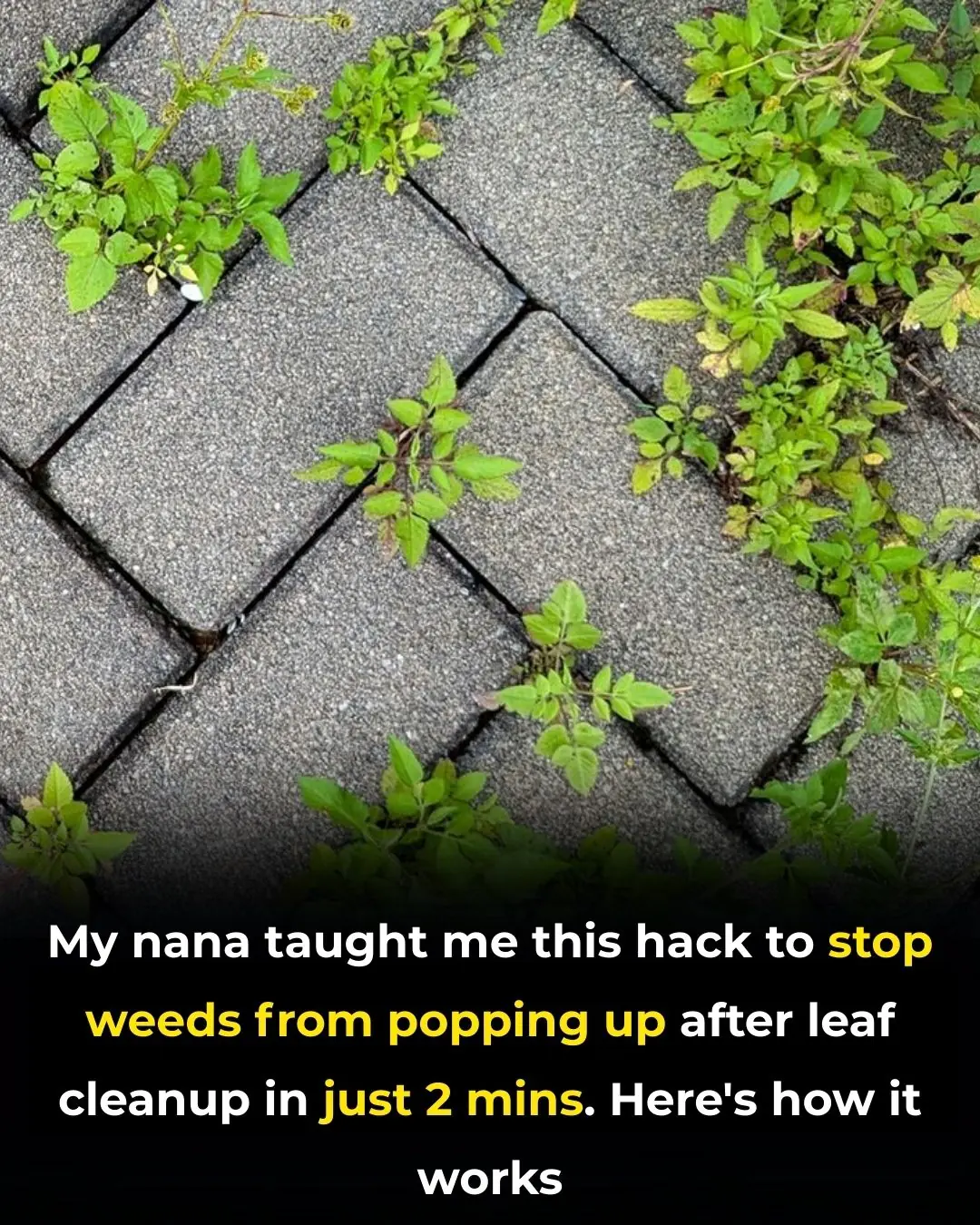
My Nana Taught Me This 2-Minute Trick to Stop Weeds From Sprouting After Leaf Cleanup — And It Works Like Magic

Most people will never know

You’ve been doing it wrong. Here’s the 3-minute mosquito trick my aunt swears by
Okay, I really need to try this in my garden

Honeybee Venom Can Destroy Breast Cancer Cells in Under an Hour — A Breakthrough That Could Transform Modern Medicine

Love Can Literally Make Your Body Crave More Sleep — Here’s the Science Behind It

A Revolutionary German Gel May Repair Joints Naturally—Potentially Eliminating the Need for Surgery
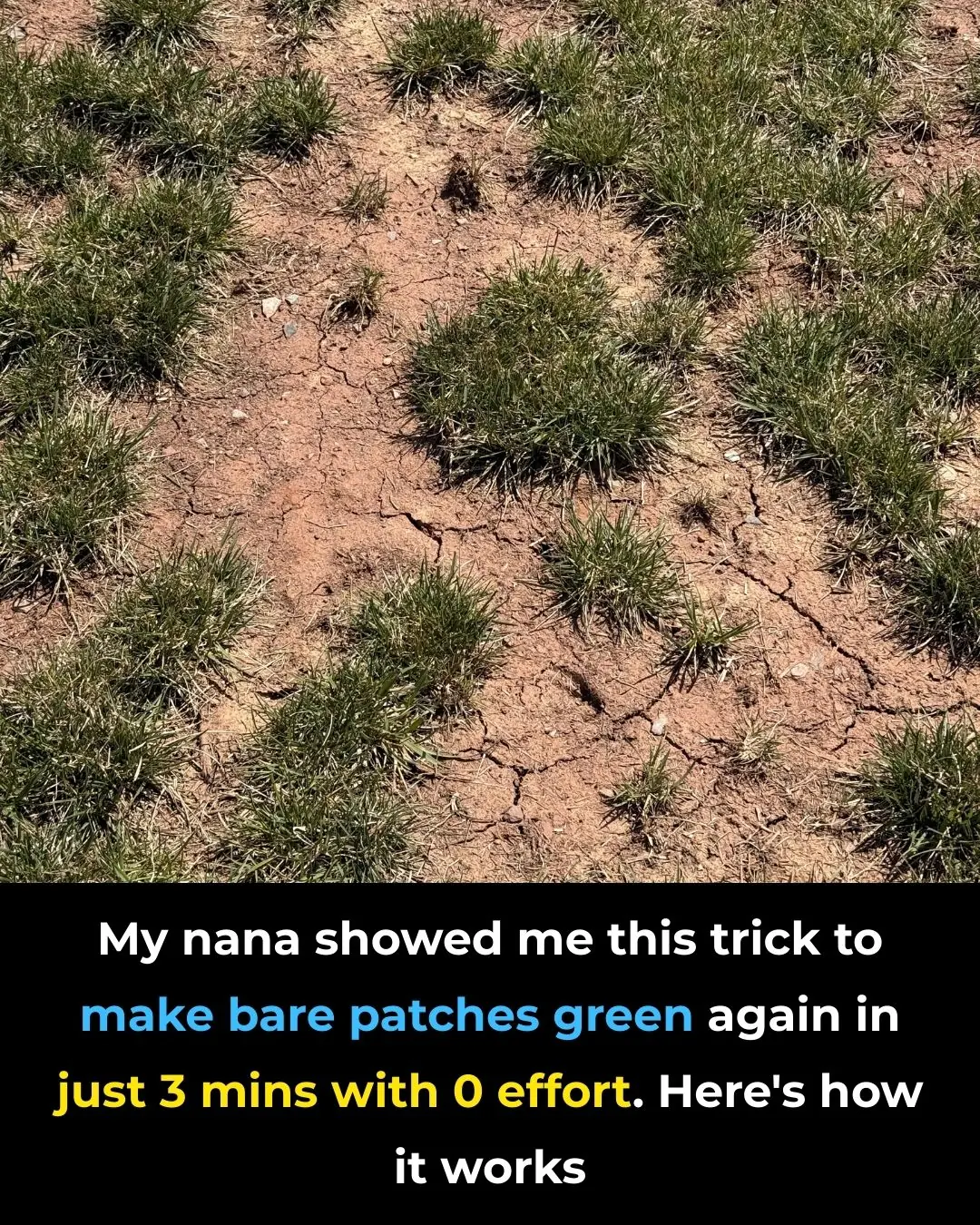
You’re doing it all wrong. Here’s the right way to fix bare lawn patches in just 3 minutes (my nana’s zero-effort trick!)

You're Doing It All Wrong. Here’s the Right Way to Store Leftovers (Expert-Approved Guide)
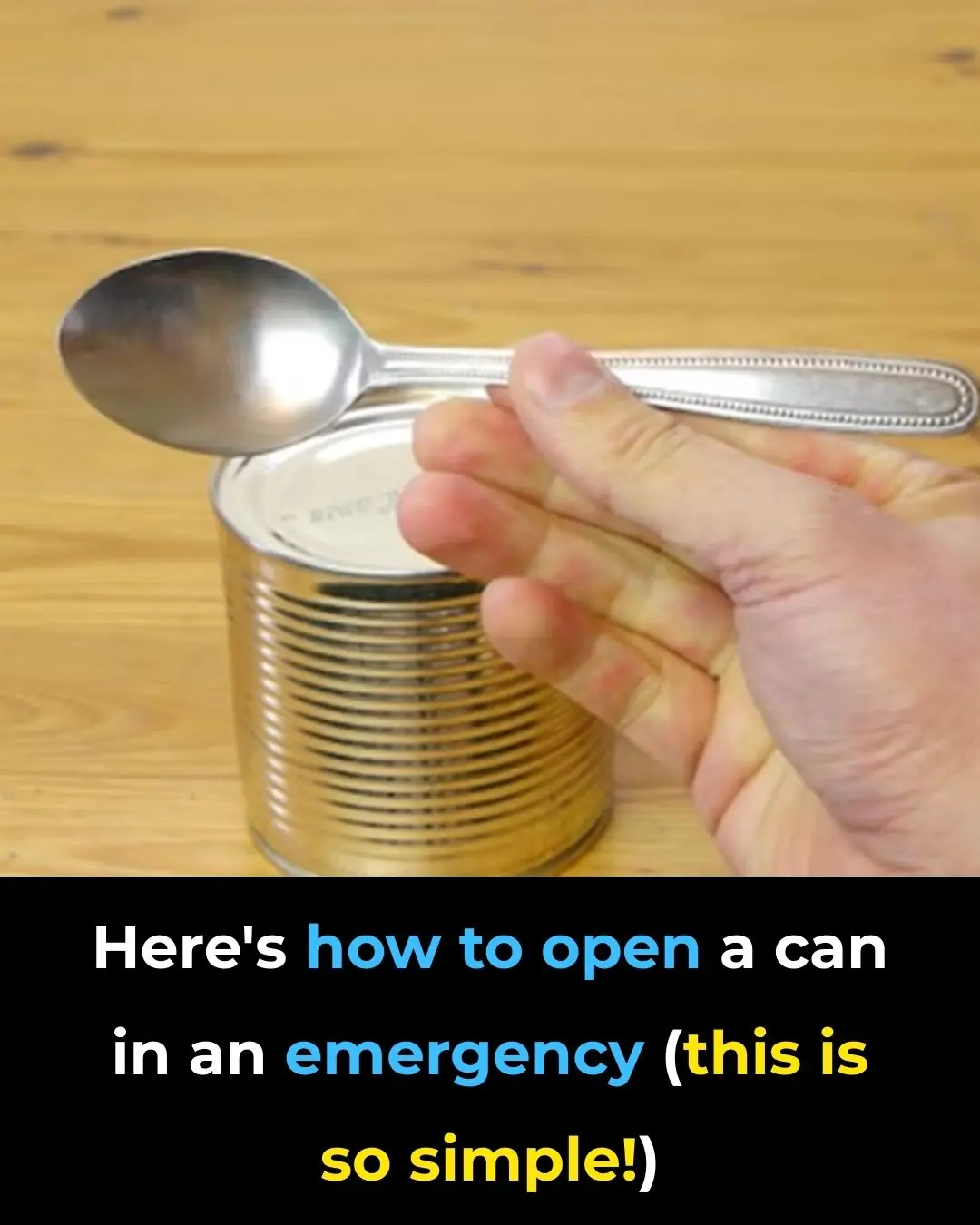
How to Open a Can in an Emergency (It’s Easier Than You Think!)

How To Detox Each Organ To Reset Your System

15 Plants That Can Grow Easily in Water — A Beautiful, Soil-Free Way to Green Your Home
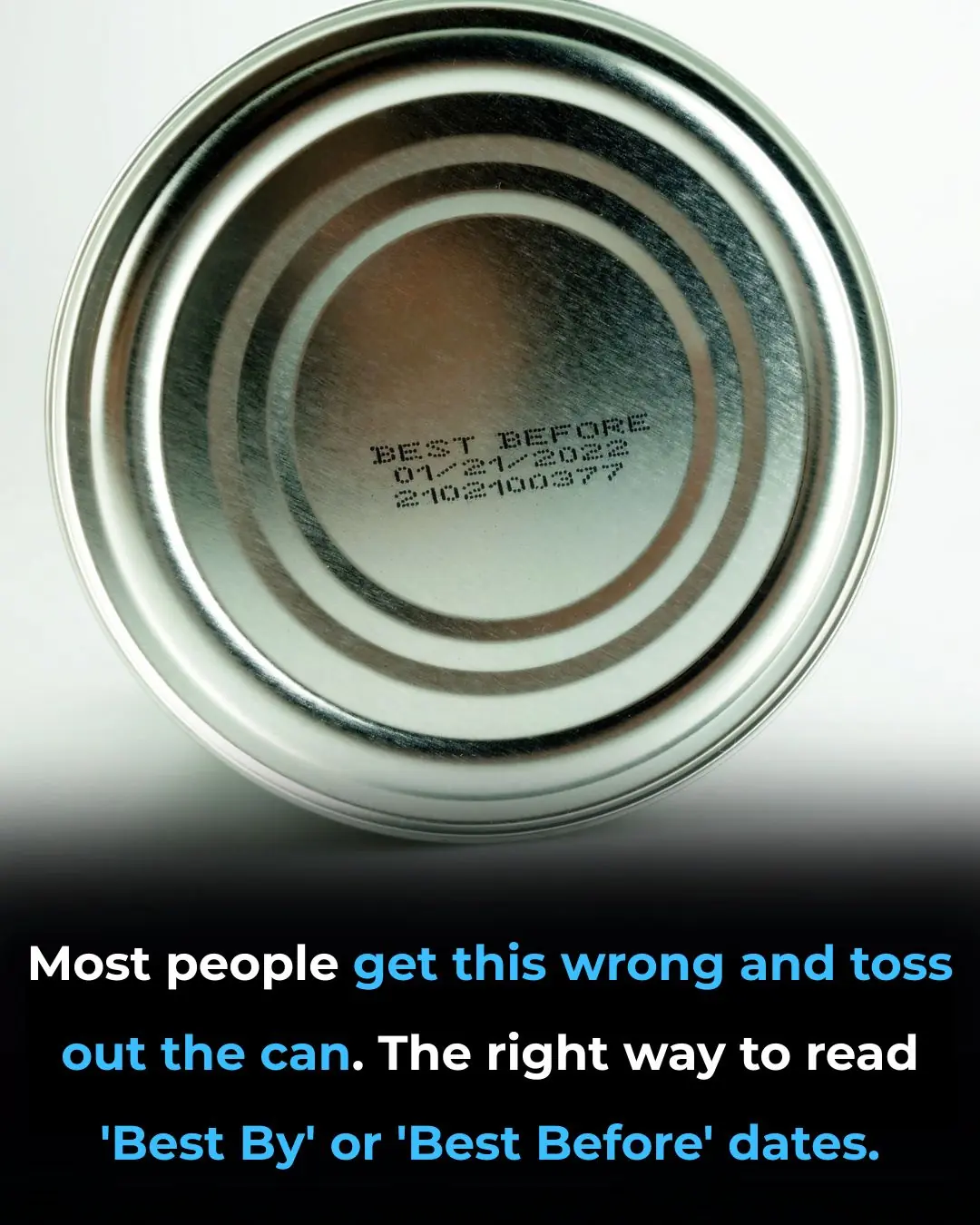
Most people get this wrong and toss out the can. Here’s the right way to read ‘Best By’ or ‘Best Before’ dates

I Had No Idea! The Remarkable Story of the Stone Breaker Plant
News Post

12 Early Warning Signs of Dementia You Shouldn’t Ignore

Bernie Sanders Has Called For A Four-Day, 32-Hour Working

The Surprising Heart-Healing Power of Olive Oil, Chia Seeds, and Cayenne Pepper

5 early signs of poor circulation & how to boost blood flow

How to Use Garlic to Get Rid of Pests: Mice, Flies, Lice, Cockroaches, Lizards, Mosquitoes, and Kitchen Cockroaches

5 early warning signs of pancreatic cancer, according to survivors

Drink this to STOP joint pain naturally

Top 6 Neuropathy Remedies (Peripheral Neuropathy Home Remedies)

10 daily habits that are silently destroying your kidneys

Pineapple Mango Ginger Lemon Juice: Benefits, Nutrition & How to Make It

Saffron boosts mood and libido naturally
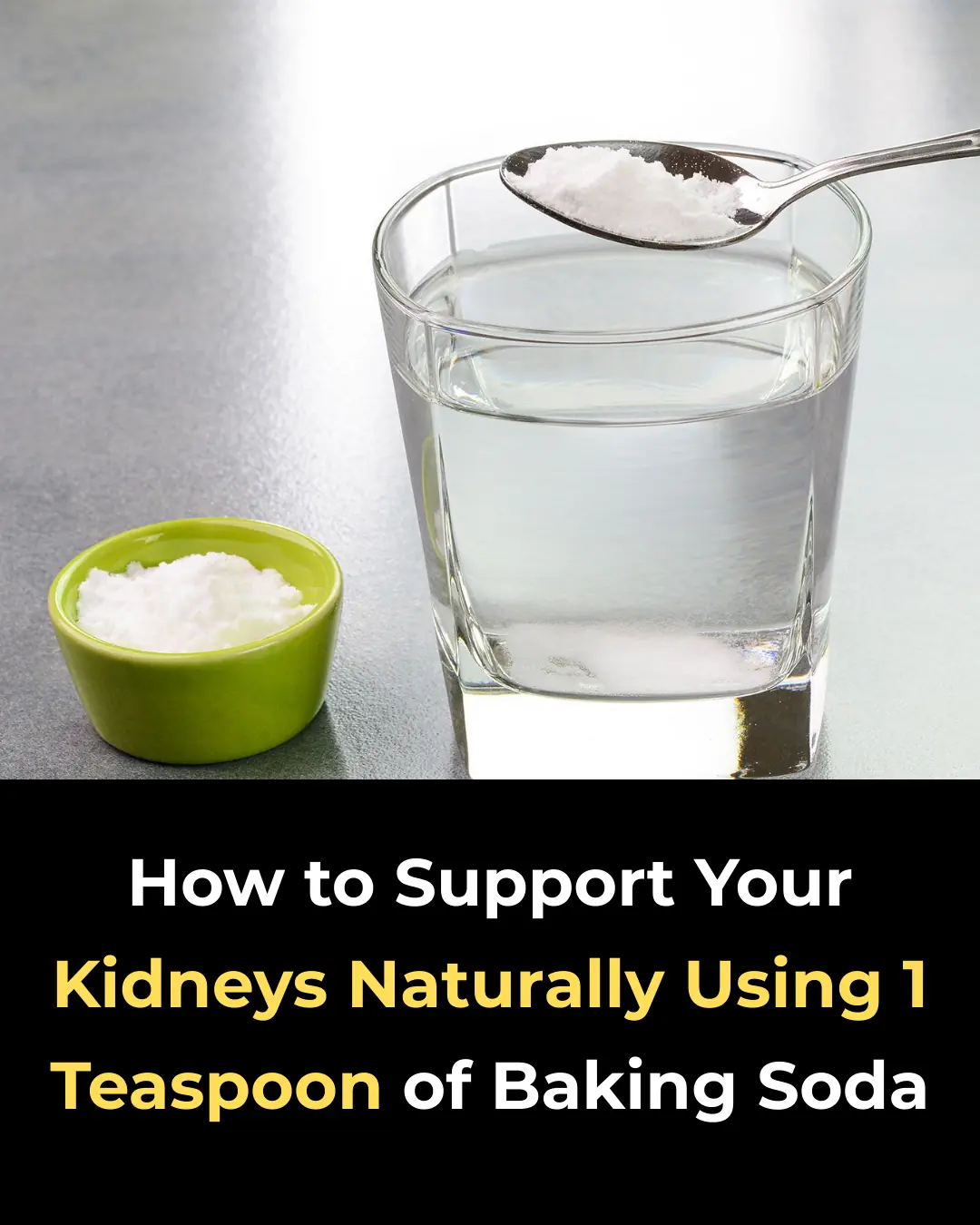
How to Support Your Kidneys Naturally Using 1 Teaspoon of Baking Soda

Can a Honey–Chia Drink Support Kidney Health? Benefits, Recipe & Daily Tips

Euphorbia Hirta (Asthma-Plant): Traditional Uses, Applications & Emerging Insights

Nails: What Do They Reveal About Your Health

The surprising power of 4 seeds to repair your nerves naturally

Don’t Throw Away Date Seeds – Here’s Why They’re So Powerful

Avocado Seed: Cleanse Your Body and Strengthen Your Heart Naturally

Stop Shaving! Discover Natural & Long-Lasting Hair Removal for Face & Body
